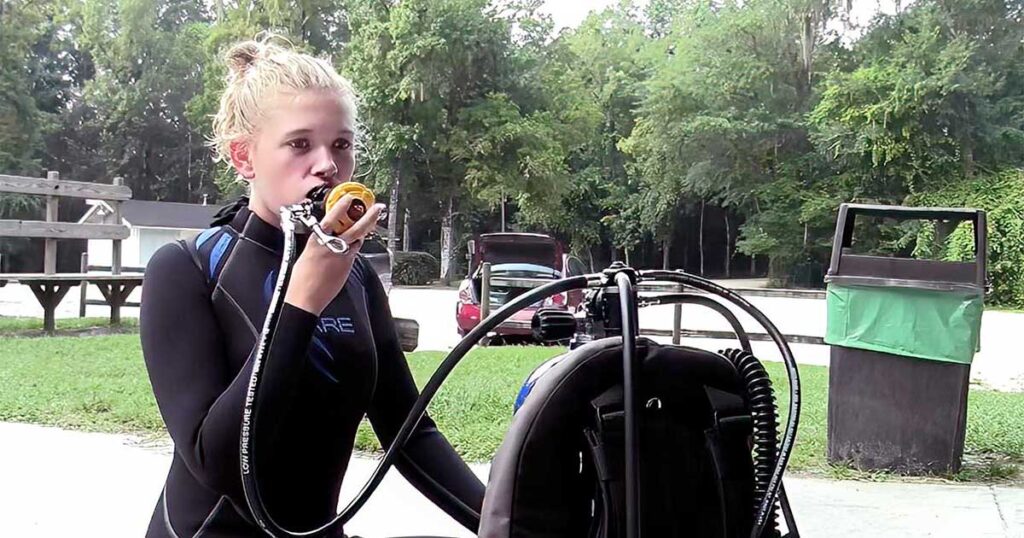Some form of standard safe diving practices was probably part of your initial diver training. You may have even had to sign some form of Safe Diving Practices agreement prior to certification.
It’s the kind of thing that is basic common sense. Nevertheless, it’s also the sort of thing that doesn’t hurt to review occasionally. Here are some common elements of most Safe Diving Practices agreements.
1 No diving under the influence
This one needs no elaboration. When you dive, do so alcohol- and drug-free. We shouldn’t have to explain why.
2 Stay within your limits
Your certification level generally dictates your depth limits. For example, as a newly certified diver, your limit is typically 18 m/60 ft unless under instructor or divemaster supervision. Advanced or Deep Diver specialty training extends this to 30 m/100 ft. Past this, you should consider technical diver training and equipment.
Your experience also dictates your limits. Certain environmental conditions, such as surf entries, are not something you want to tackle on your own. Additional training is called for.
3 Use complete, safe and familiar gear
Again, common sense should prevail here.
- Dive computers have long since become standard equipment for all diving. A personal dive computer should be one of your first equipment purchases past mask and fins. Diving with a borrowed or rented computer brings risks you don’t want to deal with.
- Certain equipment items, such as tanks, regulators and BCs, need regular professional service. Going without this service is yet another thing that subjects you to unnecessary risk.
- Diving when cold not only takes the fun out of diving but also impairs judgment and motor skills. Remember that a 5 mm, full-length wetsuit is what most people need for diving in Florida’s springs.
4 Get an orientation to unfamiliar sites
Unfamiliar sites may pose risks not present at sites you are familiar with. That’s why watching Blue Grotto’s orientation video is so important. Seek out a similar orientation at any site that is substantially different from what you already know.
5 Listen carefully to briefings
This is especially true on dive boats. Every dive boat is different. The captain and crew will know best how to dive from their particular vessel.
6 Monitor dive conditions
If conditions deteriorate, postpone your dive or switch to a different location. Tackling large waves, strong currents, or reduced visibility is not worth the risk.
7 Plan and make dives as a team
Poor communication can have a detrimental effect on safety and enjoyment. You should not only dive as a team but also plan your dive as a team.
8 Obey local dive laws and regulations
Finding yourself in the local lock-up is not how you want to end a day of diving. Before poking holes in any fish, be sure you know what Fish and Game rules apply.
And, if you are not already aware, spearfishing in freshwater is illegal in Florida. If you show up at Blue Grotto with a speargun, you will be escorted to the gate and told not to return. The good news is, this may prevent you from getting lynched by your fellow divers.


